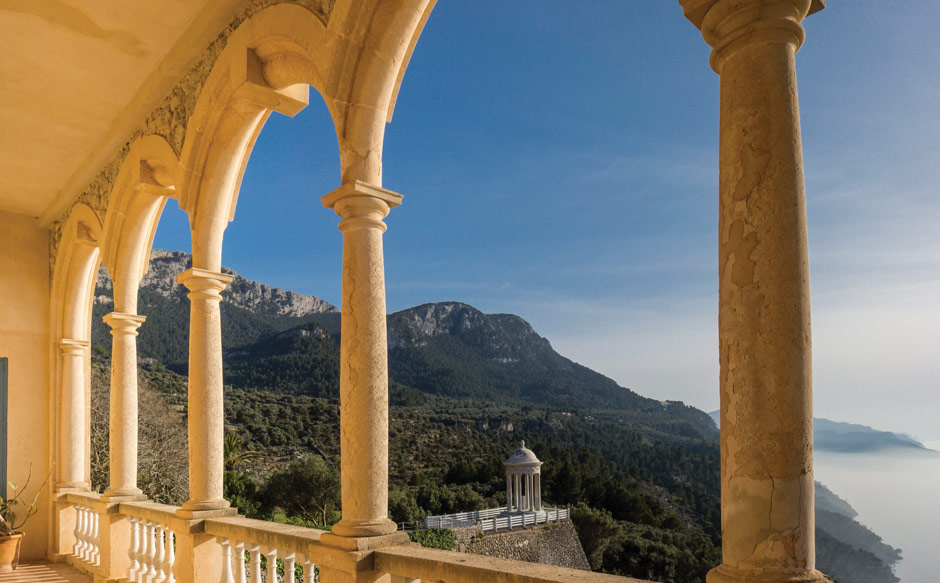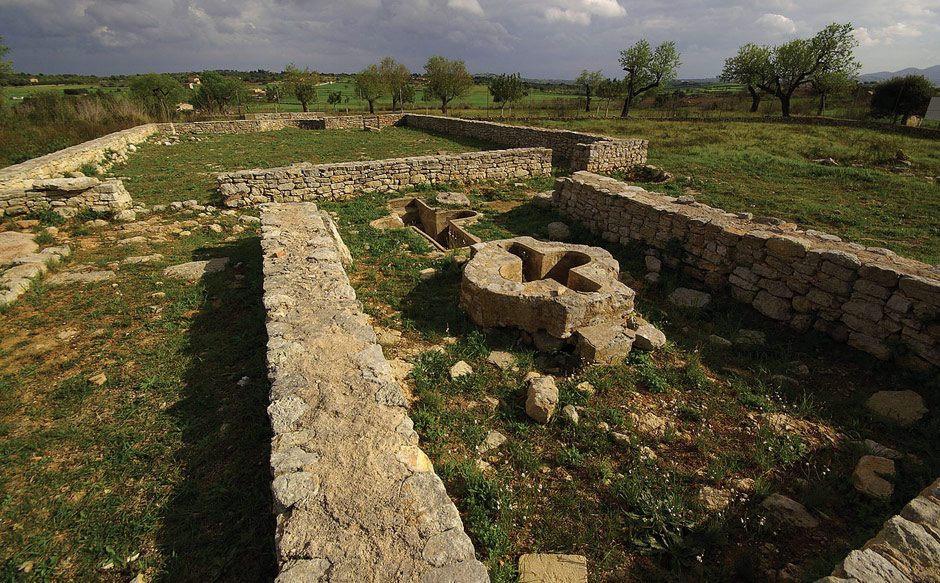Marked by its rugged mountains, expansive inland plain and limpid turquoise waters, Mallorca is also dotted with picturesque towns featuring a splendid cultural heritage.
40% of the territory is protected in natural areas with numerous unique plants and animals. The largest place of this type is the Serra de Tramuntana, a mountain range stretching 90 km in length that has been awarded World Heritage status by UNESCO. It forms a nearly perfect example of century-old symbiosis between human action and nature which hikers can discover along the Dry Stone Route, a long-distance hiking trail that acquaints one with the area’s landscape, history and heritage.
Throughout the island one finds “possessions”, which are old rural properties that were important agricultural production centres until only a century ago. Likewise, atop enormous crags stand rock castles where Moors and Christians once battled. And in the villages you can see windmills, churches and convents, or follow paths leading to mysterious Talaiotic megaliths. These typical features of Mallorca illustrate its history and help to form its identity.
Nature
Clearly signposted trails make it easy for hikers to explore unique protected areas like the S’Albufera, Dragonera, Mondragó and Península de Llevant natural parks; the Cabrera Archipelago National Park, and the S’Albufereta Natural Reserve.
Birdwatching
Birdwatchers from around the world visit wetlands like S’Albufera, S’Albufereta, and the Salobrar de Campos salt marshes, eager to see the many avian species which are to be found here. A wide range of services and guided tours are available.
Biking tourism
In the winter, a network of 700 km of paths and small roads become a magnificent training track for cyclists from all over Europe and beyond, who can lodge at specialized hotels. From February to May, Mallorca is a paradise for bicycle enthusiasts.
Handicrafts
Mallorca’s craft tradition comprises many fields: leatherwork and footwear, “tongue” patterned fabrics, pottery, embroidered bed and table linen, basketry, blown glass, wrought iron, and gold and silverwork often featuring superb Manacor pearls.
Cuisine
Mallorcan cuisine is based on fresh products from the land and the sea. Its Mediterranean essence can be seen in the markets and tasted in cellers —restaurants serving traditional dishes. Prestigious chefs lend the island’s cooking an innovative touch.
Heritage
The cultures which have existed in Mallorca are reflected in its rich heritage: megalithic “talaiots”; ancient Roman, Early Christian, and Moorish vestiges; rock castles, and a vast range of religious architecture including churches and convents.
Culture
The town festivals are excellent occasions to discover traditions like the dance of the cossiers —six men and a lady all dressed in white—, or the feast of Sant Antoni, a fascinating night of fireworks when “devils” run loose and bards improvise verses.







